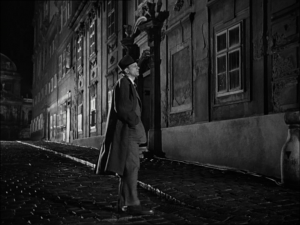What? Can film think?
As funny as it sounds, film does have subjectivity and acts as the vision of the filmmakers. Dziga Vertov explored the idea that the camera (or medium) is an extension of the human body. It’s as if we can speak to those on the other side of the world through film. Film elaborates on specific ideas based on the context of the filmmaker while communicating with the viewers. And viewers experience those perspectives through the medium. Filmic codes and conventions and styles reflect the context in which the film is made. We would see digitalised frames with CGI effects in films made in the contemporary modern world full of technological innovations such as The Matrix. There are the point of view, empathy and subjectivity not only within the film, but the whole world of cinema. Dan explained during our studio that “Film is not of a world, it is a world with its own intentions”. Therefore, we as viewers have our perception yet film itself have a perception of its world in which it lives in… other than being as a projection of our thoughts.
Well since film can think, it lives doesn’t it?
As the guy said, it’s part of our body. Like selfies! It is an extension of our own eyes to see ourselves just as Andy Warhol painted his self-portrait with his paintbrush. These cameras, lenses, brushes are all like our hands and eyes.




